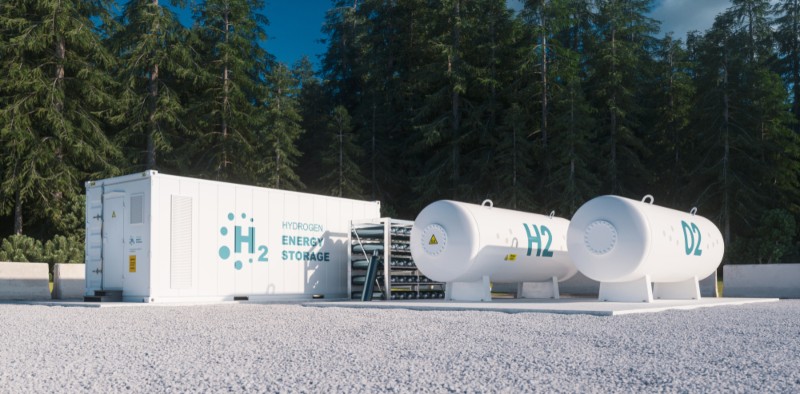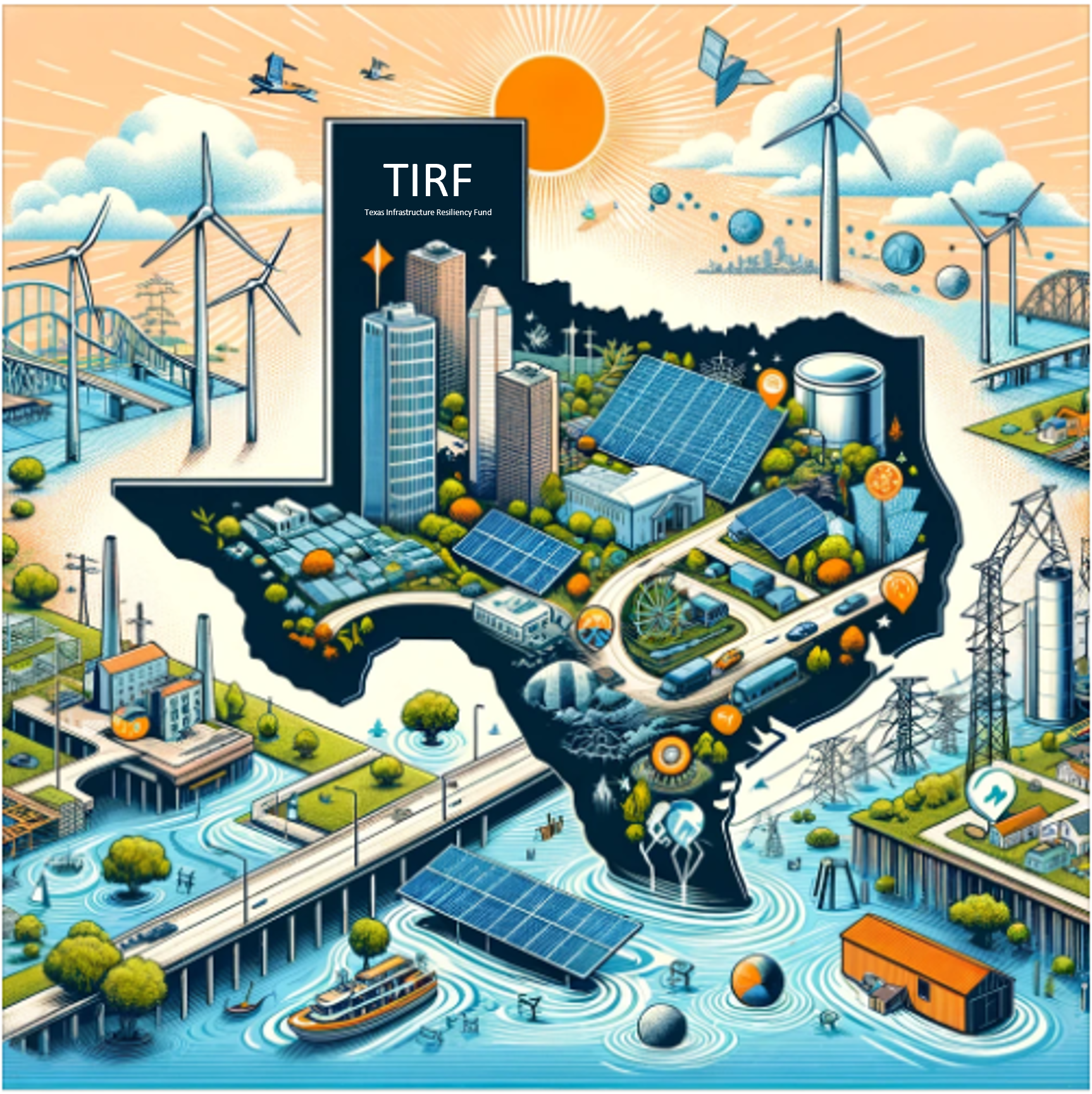Build a Successful Foundation for the Energy Transition

To navigate a long-term energy transition, a foundational partner like Unison Energy can design and operate your microgrid, help decipher evolving technologies, and help you identify when to take action.
When Unison Energy installs a customized microgrid at your facility today, our engineers have designed an energy system using proven technologies that can cover the majority of your facility’s energy needs, isolate from the grid, and reduce carbon emissions. While technologies will continue to evolve, facilities must balance today’s carbon-reduction priorities against the promise of tomorrow’s technological advancements.
A longer-term energy transition is likely to involve technologies like low-carbon and no-carbon fuels, on-site renewables, and carbon capture technologies. While taking advantage of a microgrid’s benefits today, your facility will be positioned to more easily incorporate these evolving technologies as they become readily available and economically feasible for your facility.
To navigate a long-term energy transition, a foundational partner like Unison Energy can design and operate your microgrid, help decipher evolving technologies, and help you identify when to take action.
Utilizing Hydrogen, Biogas, or Renewable Natural Gas (RNG)
If you already have a microgrid that utilizes natural gas, your energy partner can typically transition the system to use an alternative fuel like biogas or hydrogen through simple changes. Feasibility for this upgrade depends on arrangements you make for on-site production of these fuels or delivery from a third party — or when your gas utility makes them available, and at what price point.
Many of our clients have waste streams that allow us to incorporate a digester to produce biogas on-site for use in combined heat and power (CHP) microgrid, allowing for a full life cycle renewable production of fuel, usage in on-site power generation, and energy efficiency using the waste heat in production processes.
Biogas, which in its refined form is known as renewable natural gas (RNG), can be injected into the natural gas pipeline to reduce carbon intensity. Across the U.S., at least 55 natural gas companies already accept RNG into their pipelines, and this number is growing.
Similarly, hydrogen can be blended into natural gas pipelines at concentrations of about 5-15% without risk of pipe degradation. This option may eventually become available in your area as low-carbon hydrogen production evolves and the necessary infrastructure is built out. Unison Energy’s data analytics team regularly monitors the commodity prices and availability of alternative fuels to help our clients make informed decisions about if and when to transition.
Integrating On-site Renewables
With a microgrid, you can also integrate-site renewables like photovoltaic (PV) panels and battery storage, whether during initial installation or later on as your facility’s needs evolve. While these are existing technologies, they are rarely feasible for powering 100% of a site’s energy usage, considering space requirements and thermal generation needs.
Using a CHP microgrid as a foundational generation, solar panels can provide load lift during daily usage peaks, reducing CHP burn rate and lowering carbon intensity until the evening, when the CHP again supports the baseload.
Incorporating Carbon Capture Technology
With natural gas remaining in use as a highly dispatchable fuel, carbon capture and sequestration (CCS) will be a critical part of the energy transition. The CCS process involves compressing CO₂ for use or injecting it underground for permanent storage. With a microgrid in place, it will be possible to incorporate CCS as long as the economics make sense and CO₂ transportation is available.
The possibilities for CCS are already expanding, with a large CO₂ pipeline being built in the Midwest. Many more facilities will be able to take advantage of CCS technology as it becomes more cost-effective in the coming years.
Preparing for the Energy Transition
While the energy transition will be marked by these and other evolving technologies, facilities need a plan that works for today and tomorrow, as well as guidance on how and when it makes sense to move forward. CHP-based microgrids start reducing facility emissions right away, typically a 30-40% carbon reduction, while delivering resilient energy and reducing energy costs. Having an energy system in place makes it possible to then integrate additional carbon-reducing technologies as they become feasible, whether 5, 10, or 20 years down the road.
The right partner can make the transition seamless and help your facility achieve its long-term carbon reduction goals. At Unison Energy, we are committed to our clients through 15-25 year contracts that keep us accountable for the performance of our systems. We have the expertise to know when and how to take advantage of technology as it advances, and because we are invested in continuously improving performance, we can provide an objective assessment of whether the update would be in your best interest.
To learn more about installing a microgrid through a Unison Energy partnership, click here to contact a Unison Energy sales representative.
Energy insights, delivered
Subscribe for more content.
Related Blogs

The Texas Infrastructure Resiliency Fund: Empowering Businesses with Onsite Microgrids
Deadlines for the Inflation Reduction Act
Canadian Carbon Reduction Incentives: What You Should Know